Prince Charles and Nicola Sturgeon to attend Iolaire service
- Published
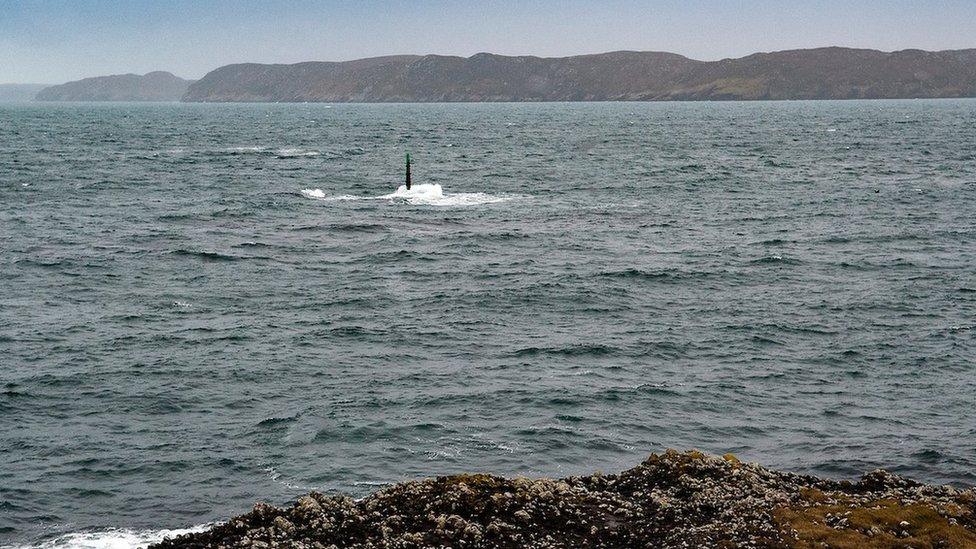
The service will be held overlooking the spot where the naval yacht HMY Iolaire was wrecked
A national commemorative service is to be held on New Year's Day to mark 100 years since the Western Isles' Iolaire maritime disaster of 1919.
More than 200 men returning home after the end of World War One, many of them from Lewis and Harris, died when the naval yacht sank.
HMY Iolaire hit a reef in bad weather close to Stornoway harbour on Lewis.
Prince Charles and First Minister Nicola Sturgeon will attend the service.
Wreaths will be laid by Scotland's most senior naval officer, Rear Admiral John Weale, and Norman A Macdonald, who is convener of the islands' local authority Comhairle nan Eilean Siar.
The service organised by WW100 Scotland and the comhairle will be held at Stornoway's Iolaire Memorial, which overlooks the scene of the disaster. It will be conducted by The Very Reverend Dr Angus Morrison.
Red carnations
While the service on land is taking place, a similar event, led by Rev James Maciver of Stornoway Free Church, will be held on board Caledonian MacBrayne's ferry MV Loch Seaforth.
The boat will be situated near where the Iolaire hit the rocks of the reef called the Beasts of Holm on New Year's Day in 1919.
More than 500 people will be on board, including schoolchildren from across the Western Isles.
The children will throw 201 red carnations into the sea as the service draws to a close.

'It was never talked about'
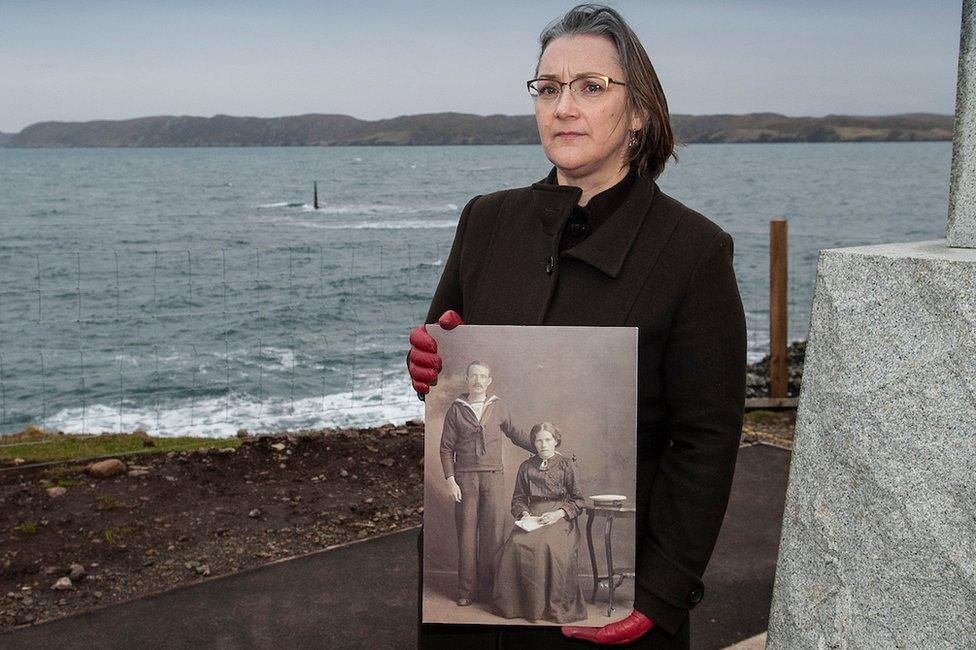
Anne Frater's great grandfather John Macleod lost his life in the Iolaire disaster
The Iolaire - which means "eagle" in Gaelic - set sail from Kyle of Lochalsh on the west Highlands mainland on New Year's Eve 1918.
The following night, while making its final approach into Stornoway harbour in a strong gale, the boat changed course at the wrong point.
With the lights of the harbour in sight, the ship struck rocks at full speed and immediately began to tilt, filling up with water.
Although the stern of the boat was at one point just six metres (20ft) from land, many of the men onboard were weighed down by their heavy uniforms and were unable to swim ashore.
Most of those who died were men returning home to the islands after serving in the armed forces during World War One.
The scale of the disaster, so close to home and coming at the end of the war, had a devastating effect across the isles.
Historian Malcolm Macdonald, whose grandfather was among those who died, said: "Two ships left that night bound for Stornoway, one HMY Iolaire, the other SS Sheila which left later.
"There are many sad tales of those that swapped places to ensure that friends could get home to their families earlier.
"I had no inkling of my family's own connection to the disaster until the memorial was erected at Holm in 1960.
"I knew my grandfather had died in the war but I had no idea that it was so close to home as it was never talked about, a story that is true across the island."
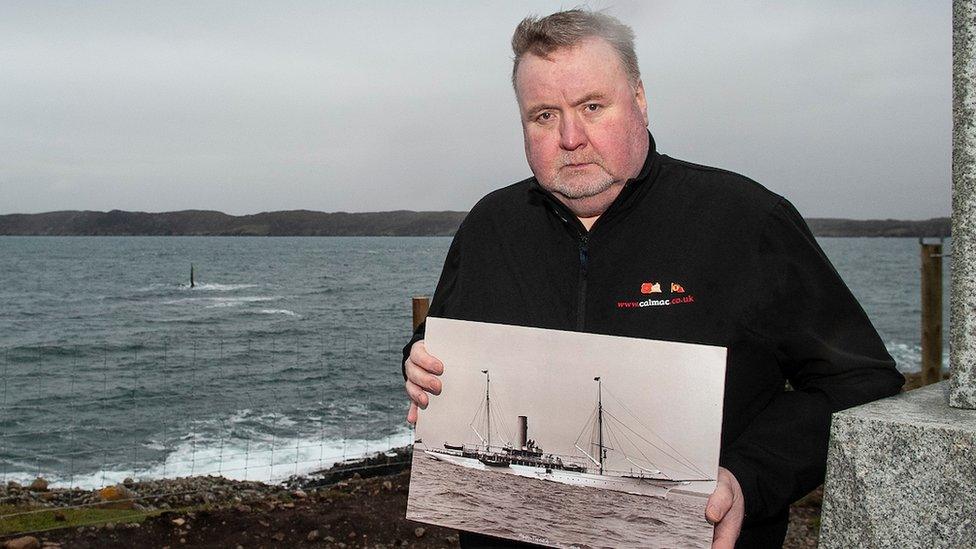
Iain Maciver, whose grandfather died in the disaster, with a photograph of the Iolaire
The grandfather of Iain Maciver, a port manager in Stornoway, was also lost with the wrecking of the Iolaire. His remains were never found.
Mr Maciver said: "My father was very young when he lost his father on the Iolaire and, like so many others here, his mother never talked about it.
"It is particularly poignant that our vessels pass the site at the entrance to the harbour daily, highlighting how close they were to home."
Anne Frater's great-grandfather John Macleod was serving in the Royal Navy Reserves and had been returning to the isles for the baptism of the youngest of his five children when he was killed.
Ms Frater said: "My granny, at 10, was the oldest child and she was helping her mother get ready for her father's return.
"What struck me about her story was how her father was even taken out of her identity.
"Until then, she had been known as Màiri Iain Mhurch' Chaluim - Mary, daughter of John, son of Murdo, son of Malcolm - but after the Iolaire, people started calling her Màiri bheag Catrìona, Catherine's wee Mary.
"Only recently did I find out that another great grandfather may have been one of the survivors. If he was, it wasn't ever spoken about."
Volunteer coastguard Robert McKinnon's grandfather, after whom he is named, survived the disaster.
He said: "My grandfather made it to shore and helped secure the rope that John Finlay Macleod had brought ashore. He walked home to Harris, a distance of nearly 50 miles, soaked but safe."

Following the New Year's Day service, Prince Charles will unveil a new sculpture to commemorate the Iolaire.
Commissioned by Stornoway arts hub An Lanntair, the sculpture features a bronze depiction of a coiled heaving line which references the heroism of John Finlay Macleod.
He swam ashore with a rope to help rescue 40 of the 79 men who were saved.
The sculpture was created by artists Will Maclean, Marian Leven and Arthur Watson and bears the names of those lost and the communities they came from as well as a bronze wreath composed of maritime insignia.
'Terrible night'
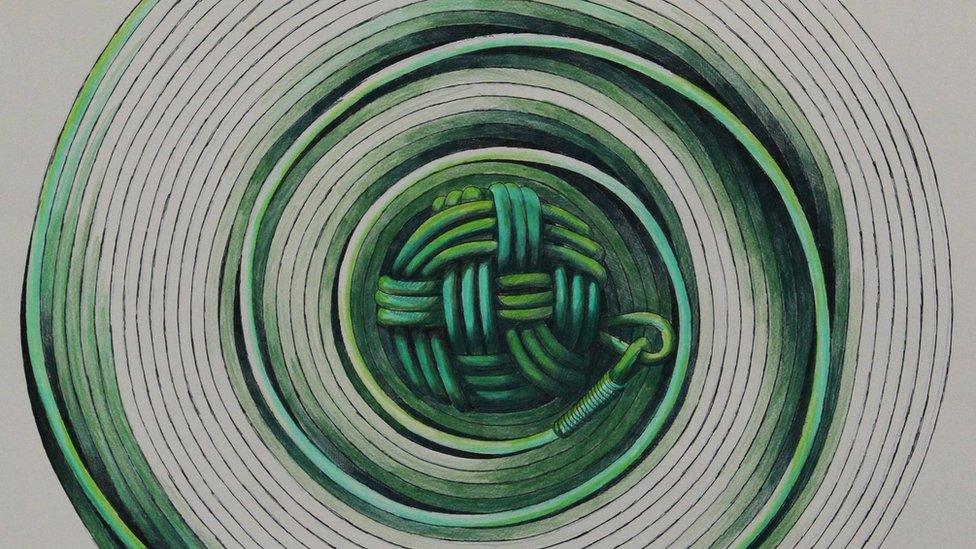
An illustration of a heaving line, a rope used in the rescue of survivors, that is the main feature of a new sculpture
Prof Norman Drummond, chairman of the Scottish Commemorations Panel, said the Iolaire was one of the UK's worst maritime disasters of the 20th Century.
He said: "When you look out from the Iolaire Memorial to where HMY Iolaire hit the rocks of The Beasts of Holm you are struck by just how close they were to shore.
"It is hard to imagine the relief and excitement of the men and their families on their return and then the sorrow that was to follow."
Prof Drummond added: "It is right and fitting that we hold a WW100 Scotland Commemoration in their memory and reflect on the lasting impact this tragic incident had on future generations on the Western Isles and far beyond."

The national commemorative service will be held at the Iolaire Memorial
The comhairle's convener, Norman Macdonald, said: "This commemoration is of major significance for our islands.
"The events of that terrible night in January 1919 impacted on communities throughout the Western Isles and remain a poignant reminder of the sacrifices made by our young men in the service of their country.
"It is the worst tragedy to befall our Islands and its effect reverberates to this day."
The day before the service, 31 December, a commemoration will be held by Legion Scotland at Kyle Railway Station in Kyle of Lochalsh where the sailors disembarked before heading for the Iolaire.
A plaque will be unveiled and Sir Alistair Irwin, president of the Royal British Legion Scotland, will lay wreaths.
- Published10 December 2018

- Published6 November 2018
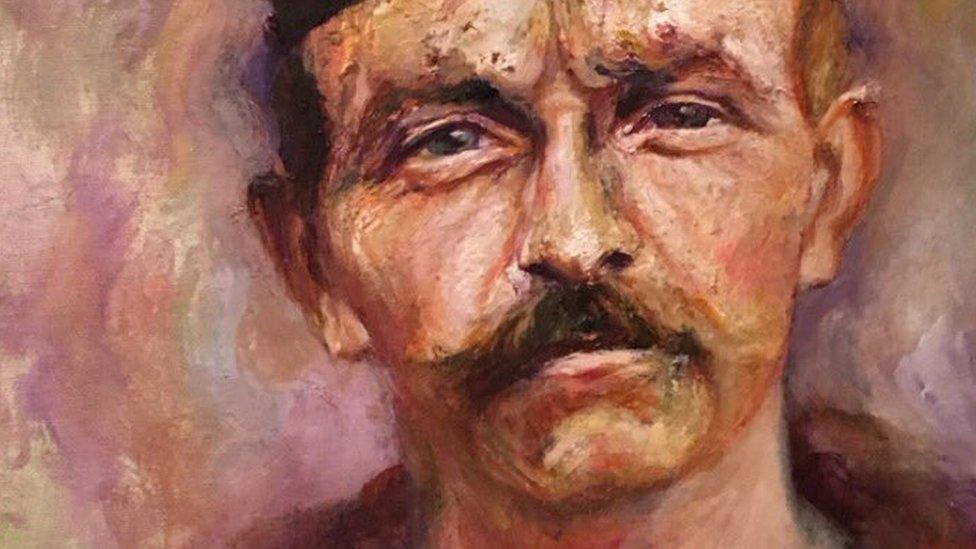
- Published7 August 2018
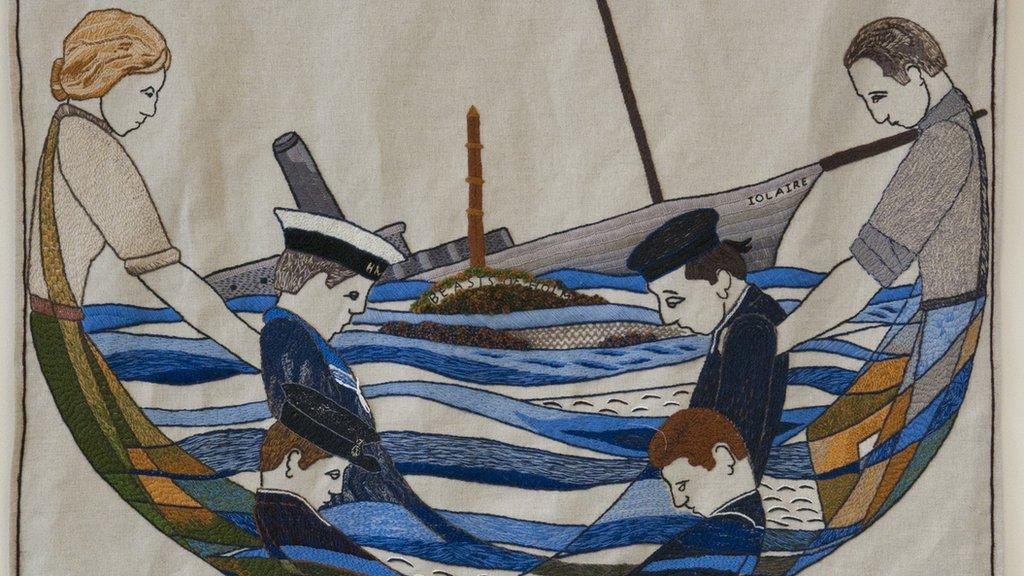
- Published9 March 2018
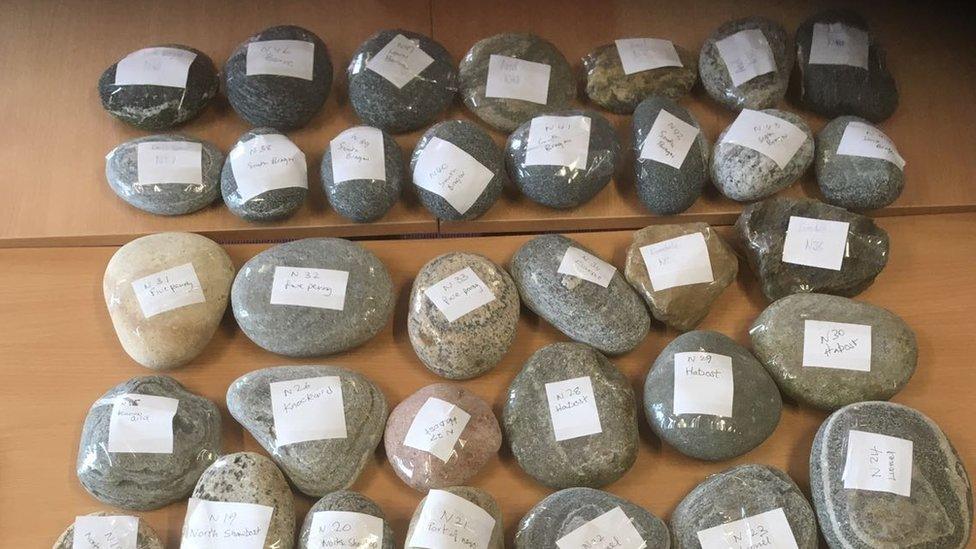
- Published13 February 2018

- Published23 January 2018
